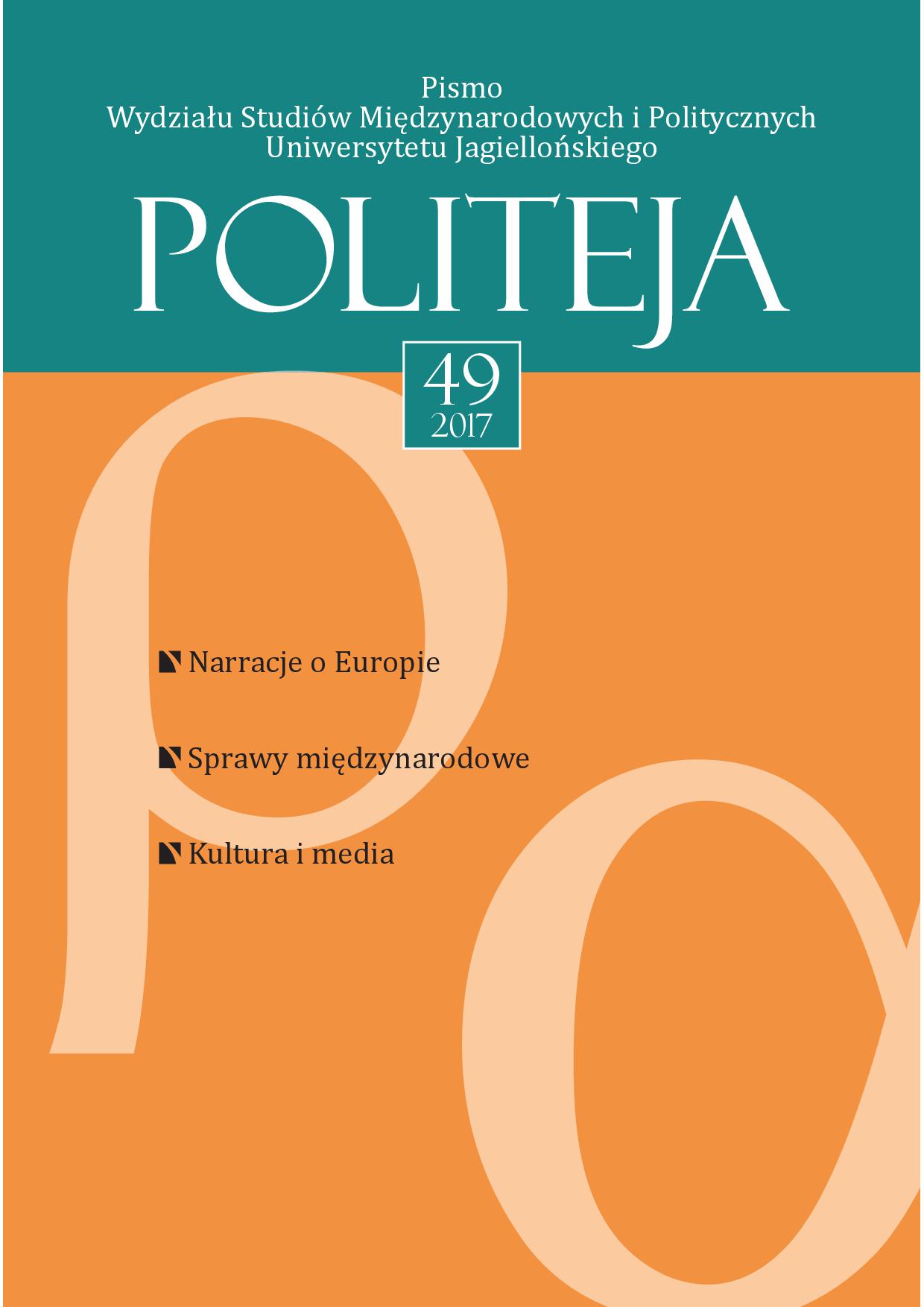Obraz zjednoczonej Europy w koncepcjach przedstawicieli opozycji antyfaszystowskiej we Włoszech w latach 1943‑1945
Picture of united Europe in the concepts of Italian anti‑fascist opposition members in 1943‑1945
Author(s): Joanna Sondel-CedarmasSubject(s): Political history, Social history, Recent History (1900 till today)
Published by: KSIĘGARNIA AKADEMICKA Sp. z o.o.
Keywords: European federalism; national state; Resistenza; Italy; Ventotene Manifesto; Altiero Spinelli; Ernesto Rossi; Luigi Einaudi; Alcide De Gasperi
Summary/Abstract: The article presents concepts of united Europe created by representatives ofdifferent fractions of the anti‑fascist Italian opposition in the period of the so‑called Resistenza (1943‑1945), with particular focus on the stances of left‑wing groups. The fullest theoretical foundations of federalist concepts created duringthe Second World War come from the Ventotene Manifesto (the so‑called Manifesto for Free and United Europe), elaborated at the turn of June and July of 1941 by charismatic leaders of Movimento Federalista Europeo – Altiero Spinelli and Ernesto Rossi – in collaboration with Eugenio Colorni. Influenced by English federalists from Federal Union, Spinelli and Rossi were pointing to the crisis of a nation state and its results – nationalism, imperialism and fascism. The authors were convinced that the only way to ensure continued peace in Europe was to create a European federation, comprised entirely of democratic states. The idea of the United States of Europe was advocated also by a liberal lawyer and economist, later the Governor of the Bank of Italy and the President of Italy, Luigi Einaudi. In his articles and political writings regularly published from 1918 until the end of the WWII Einaudi criticised the League of Nations as a weak institution lacking in authority and unable to effectively challenge the imperialist tendencies of some of its members. He sought the reasons for this weakness in the very structure of the League of Nations, i.e. in the confederation model. In studies published between 1943 and 1945 the liberal politician emphasised interdependencies between economy and politics. Einaudi identified the idea of a sovereign national state and the doctrine of nationalism as main enemies of the European federalism. Another politician advocating limiting sovereignty of national states in the name of broad solidarity between free European nations was a leader of Christian Democracy and the Prime Minister of Italy between 1945 and 1953 – Alcide De Gasperi. He underlined the significance of cooperation with the United States of America and the United Kingdom of Great Britain in the process of peace‑rebuilding. Unlike Spinelli and Rossi, the leader of Christian Democracy did not support the federation model of integration– De Gasperi placed emphasis on the gradual character of this process andon the need for finding “transitional solutions”, similarly to Einaudi, pointing to the significance of the economic aspect.
Journal: Politeja - Pismo Wydziału Studiów Międzynarodowych i Politycznych Uniwersytetu Jagiellońskiego
- Issue Year: 14/2017
- Issue No: 49
- Page Range: 87-108
- Page Count: 22
- Language: Polish

